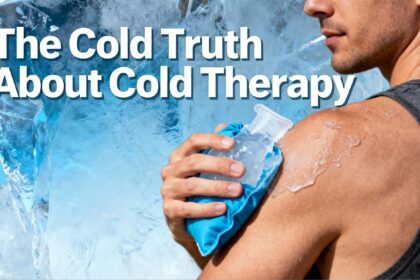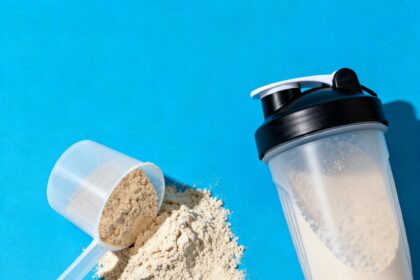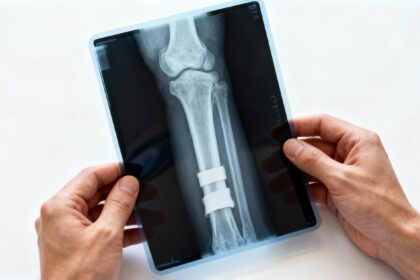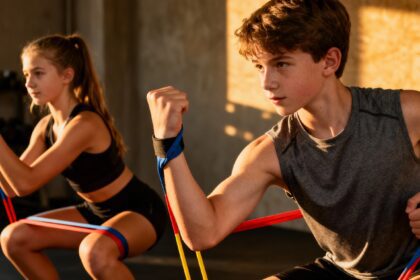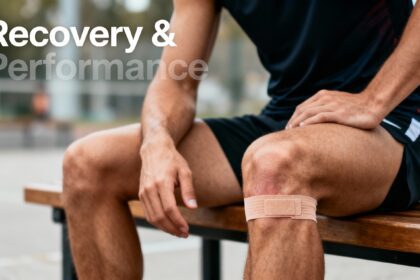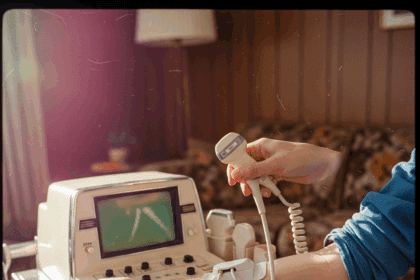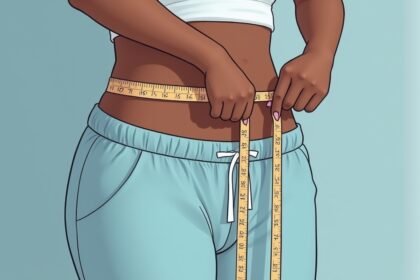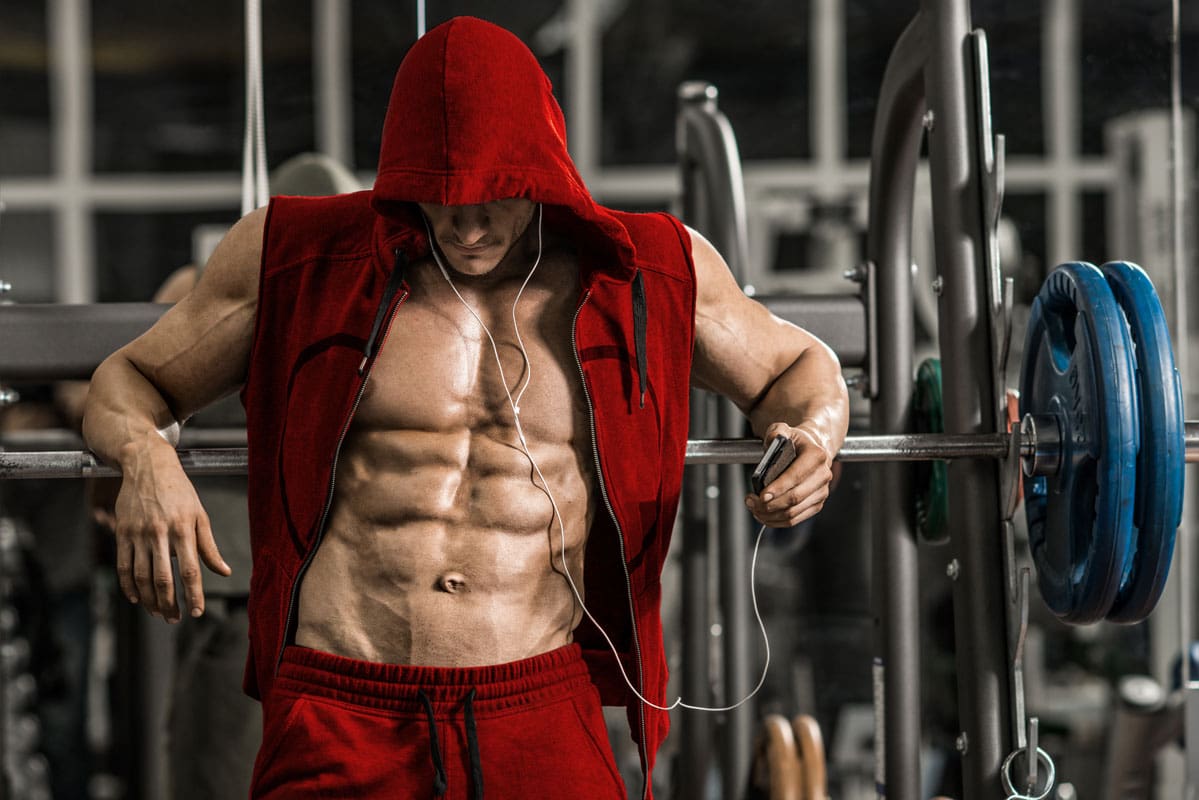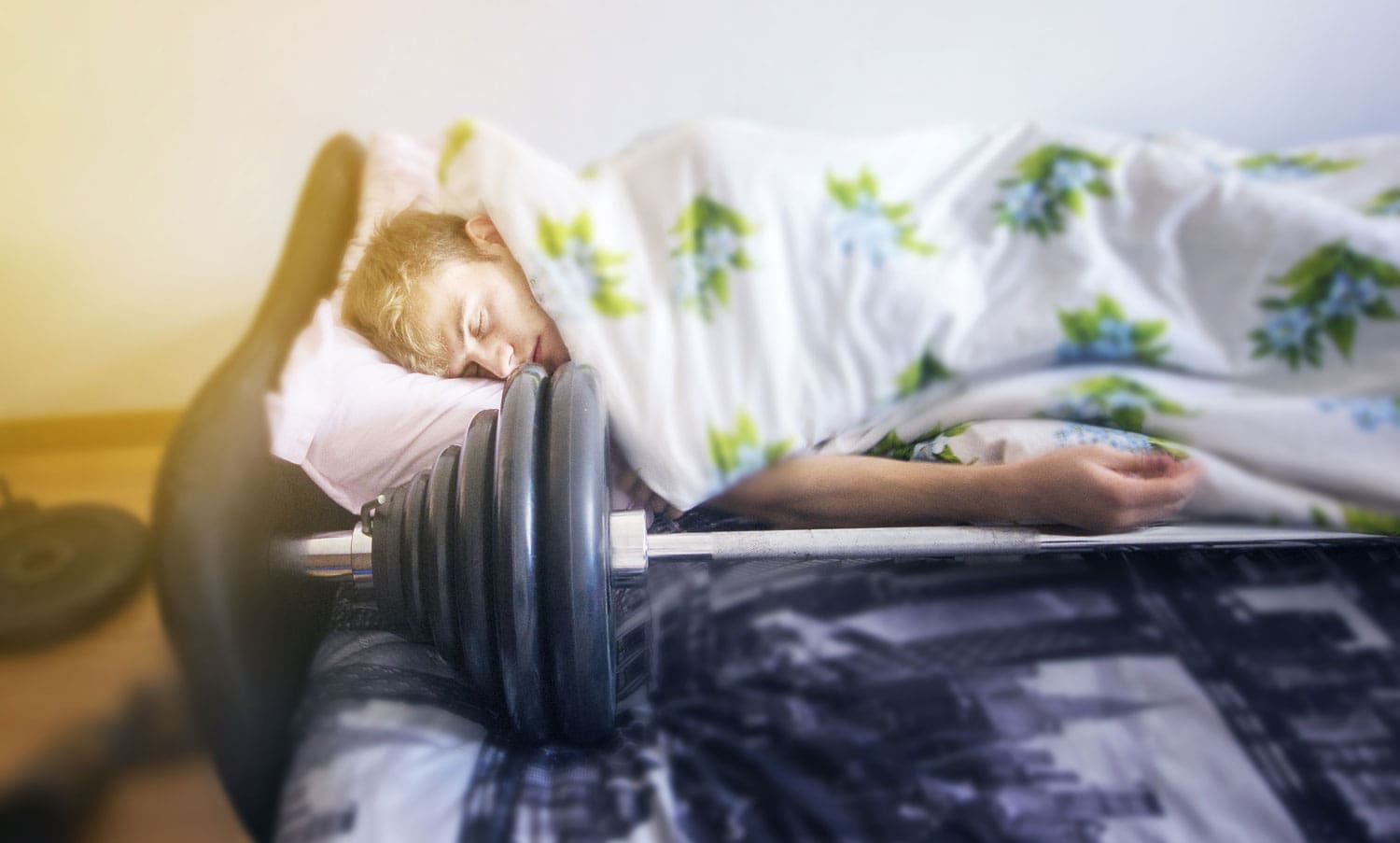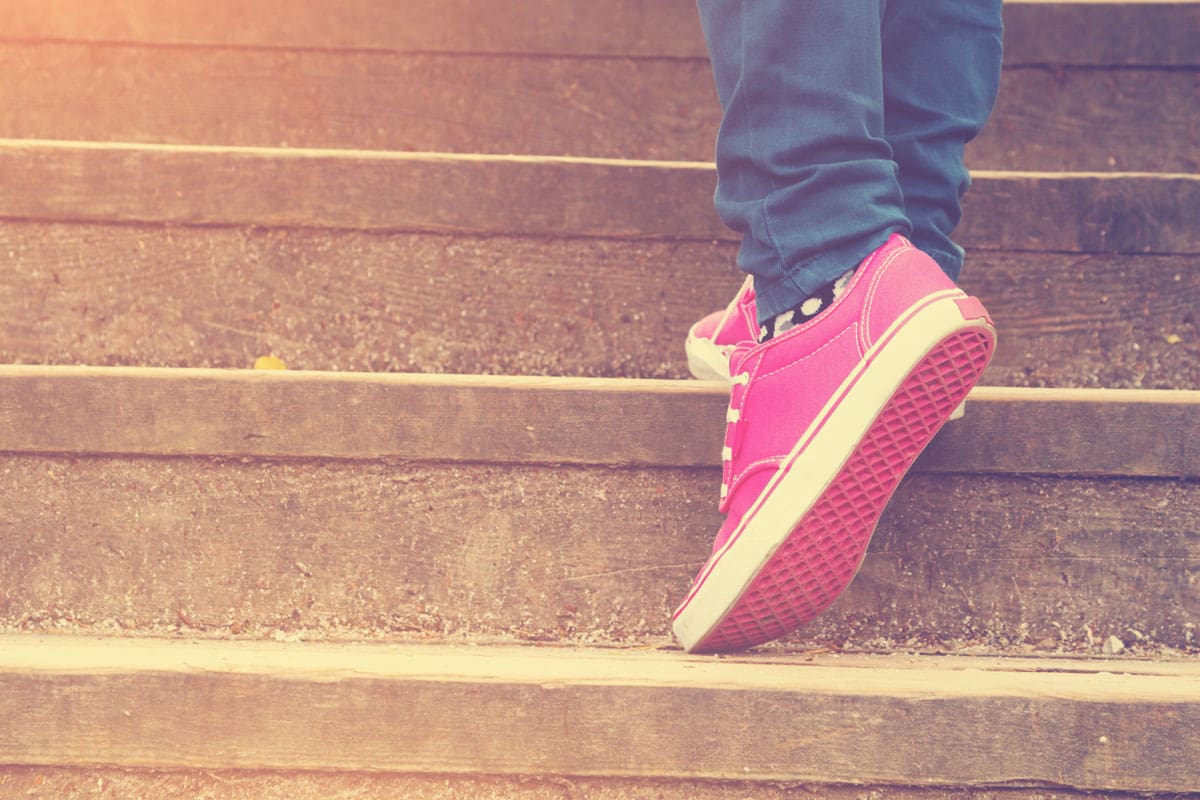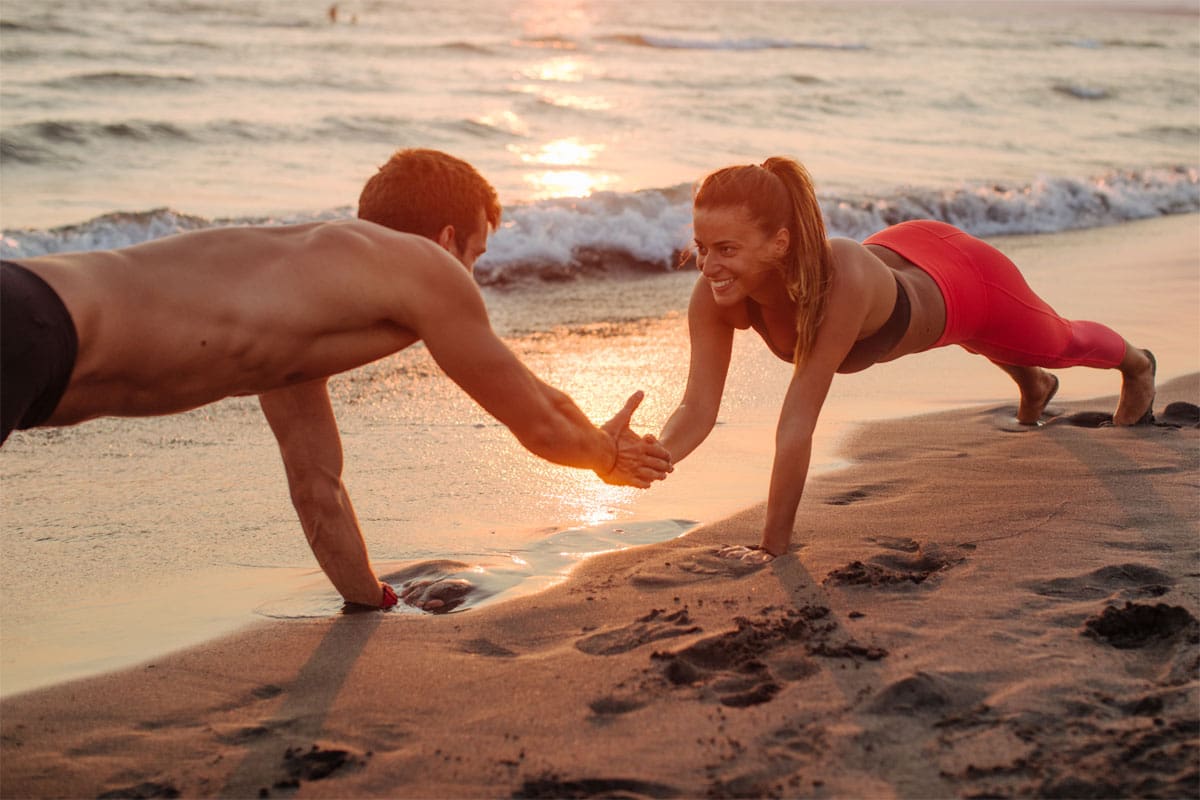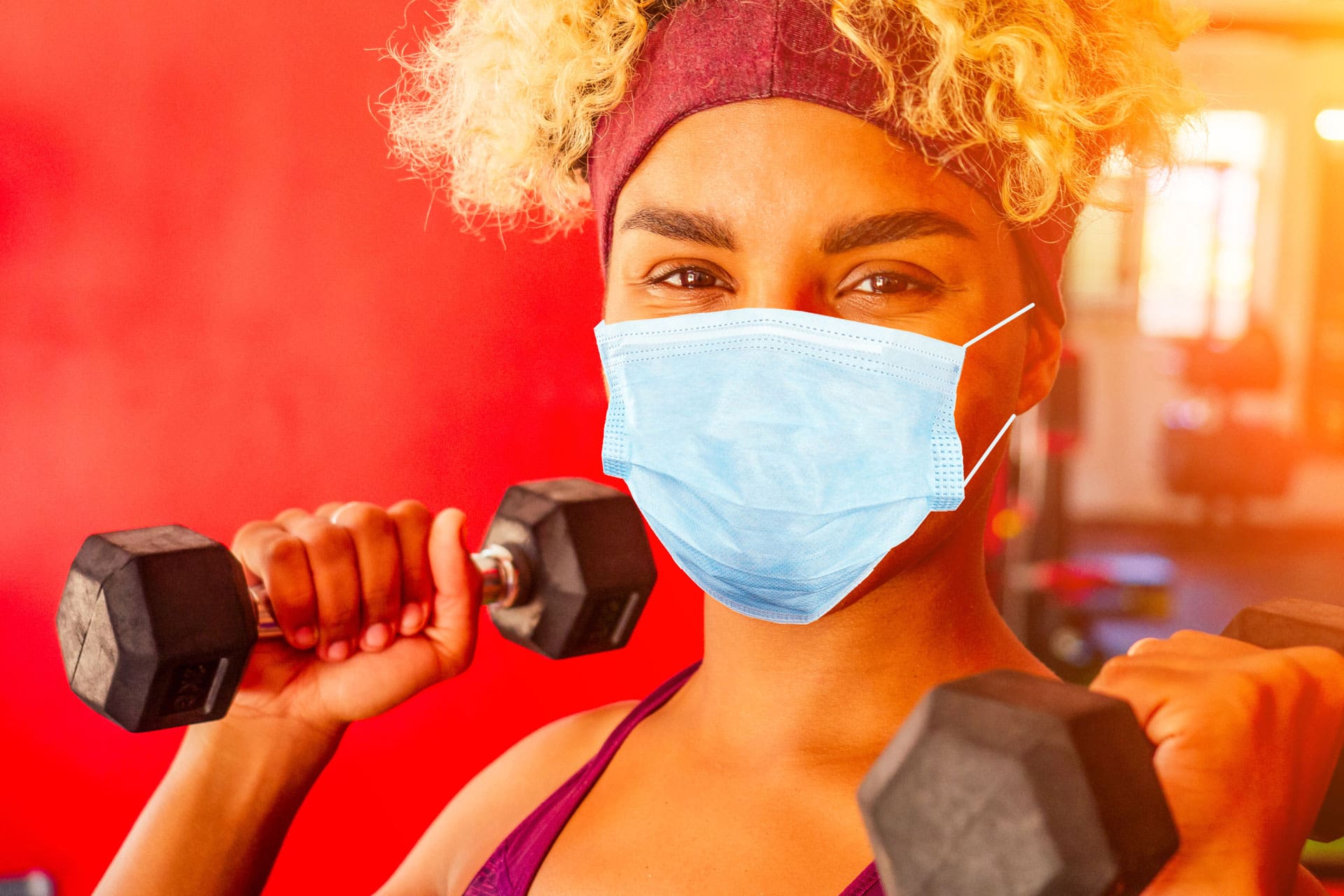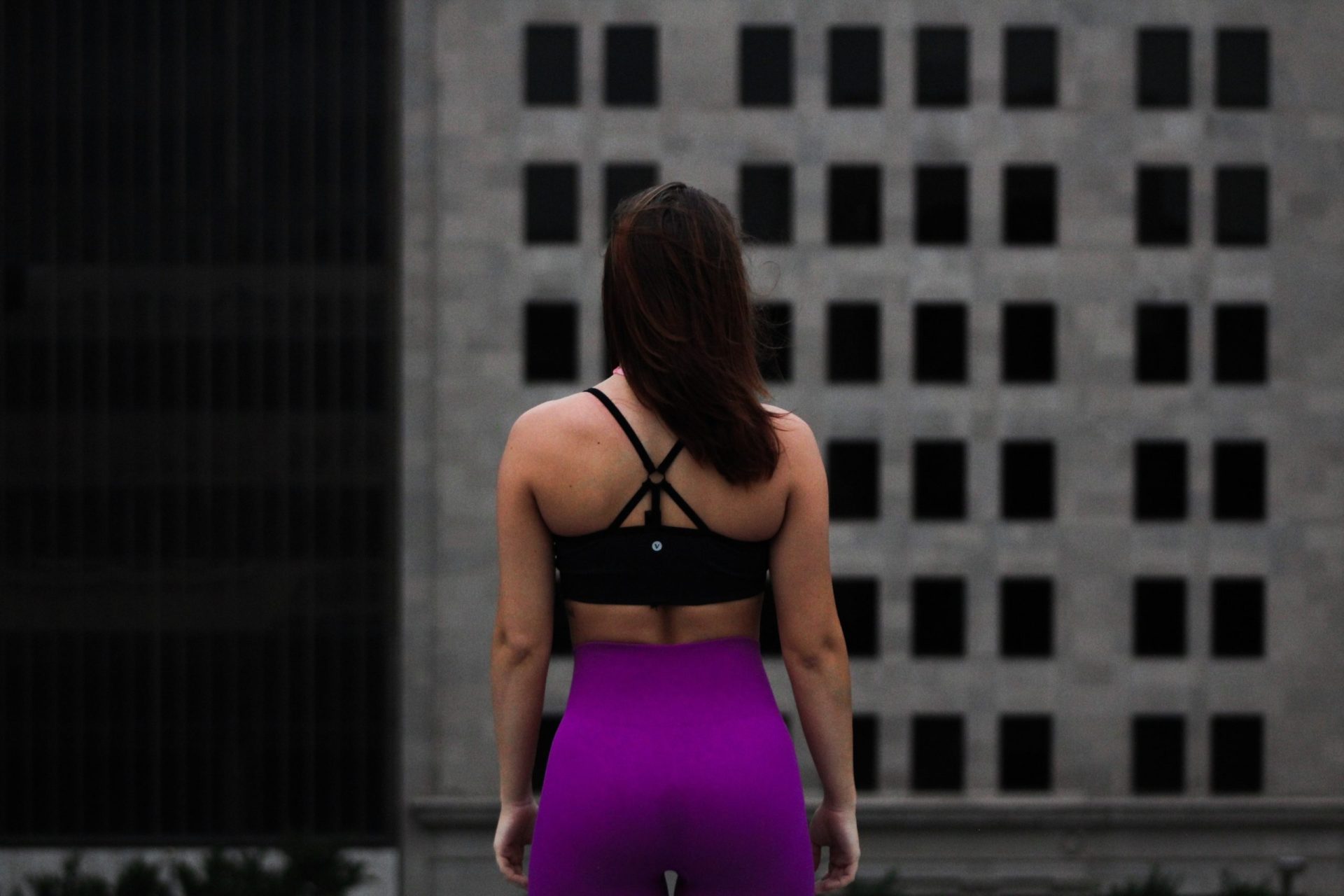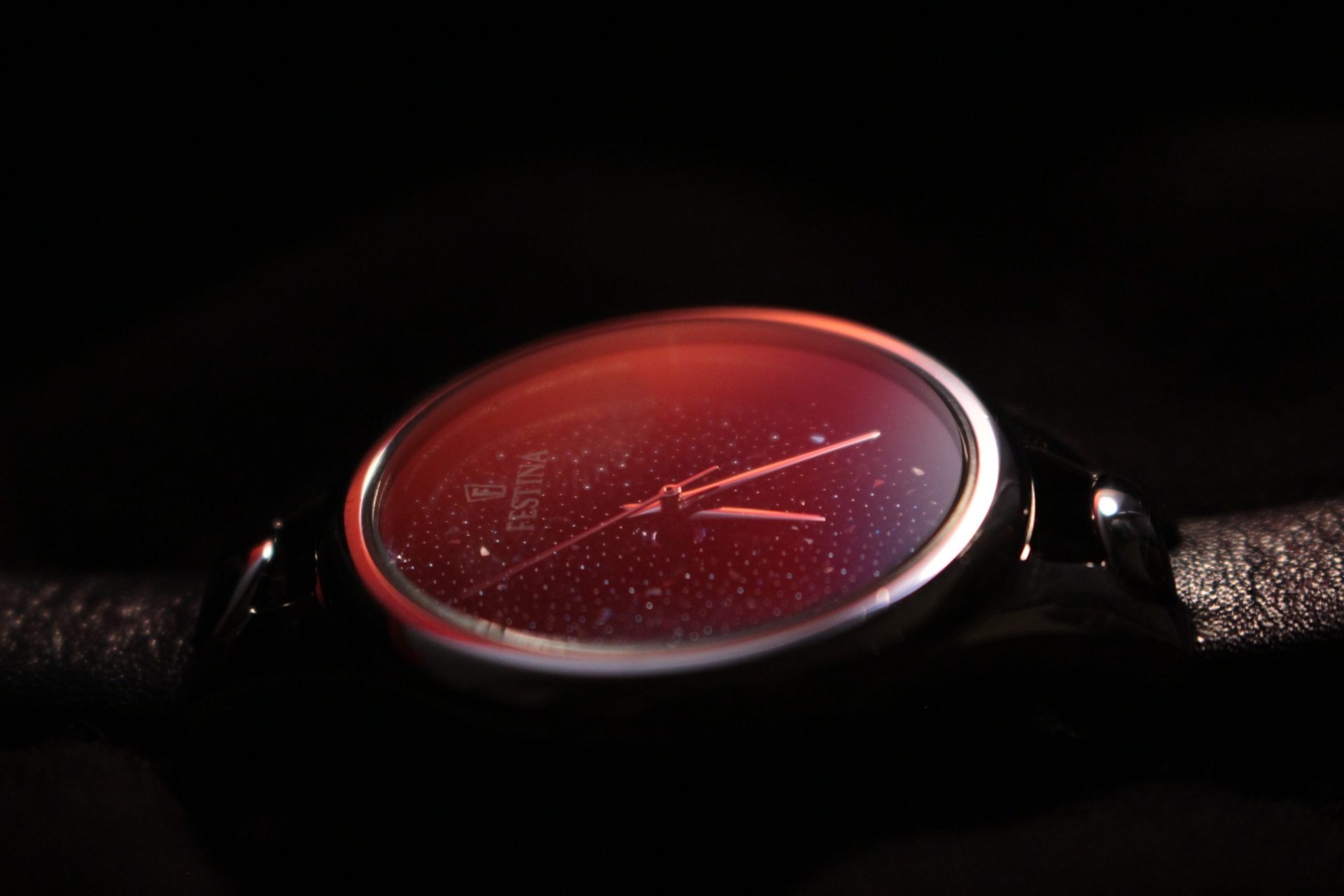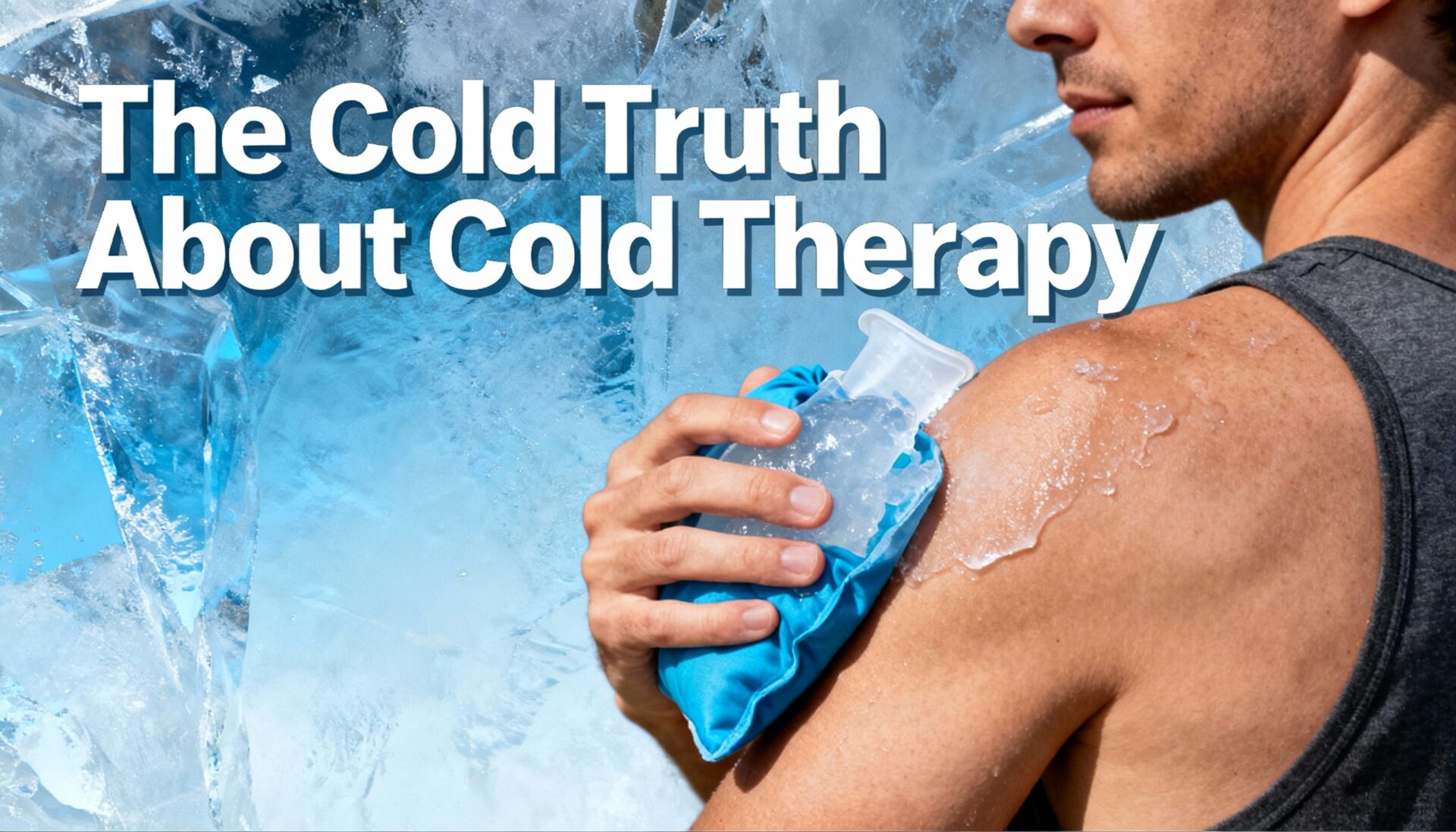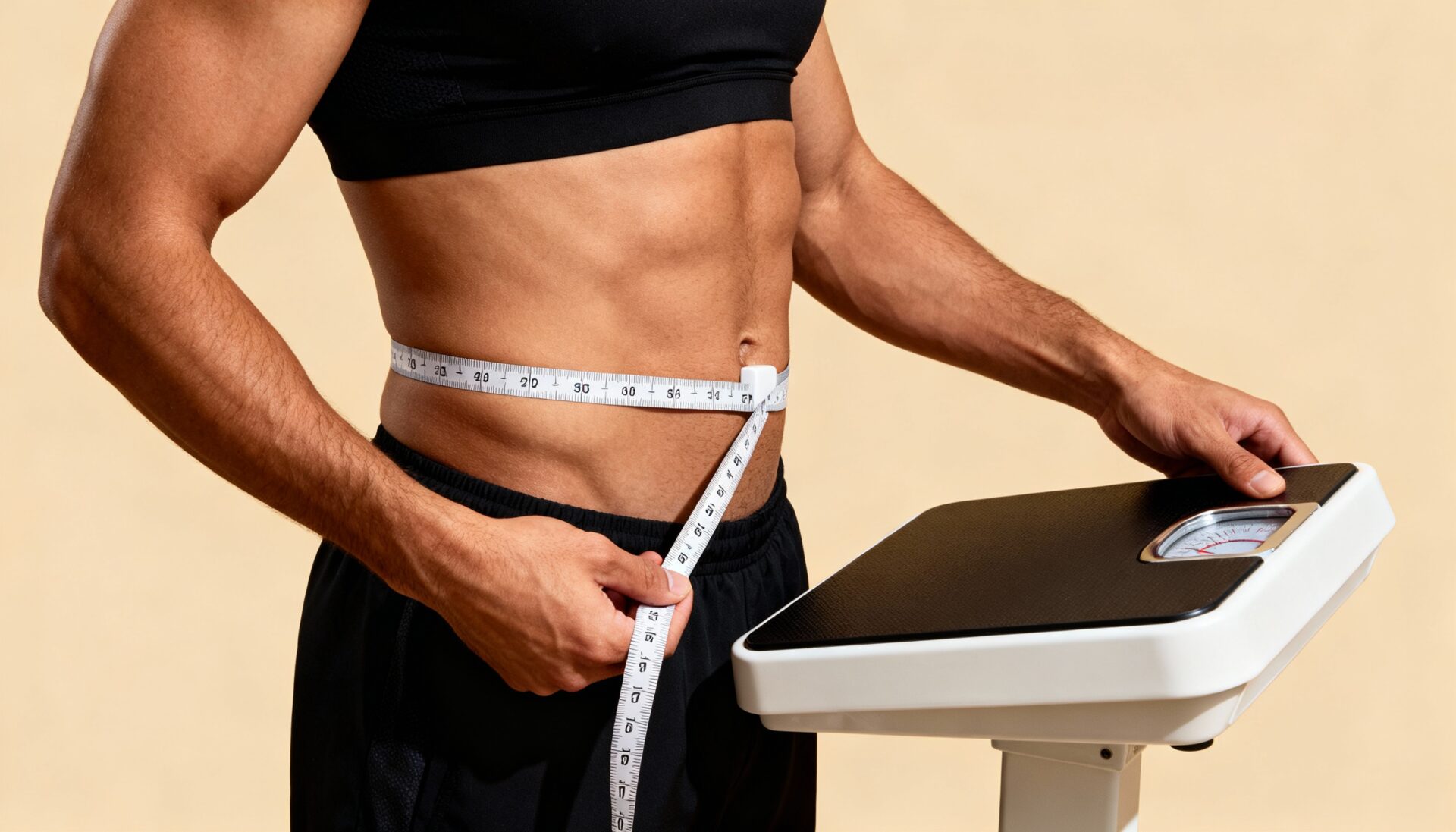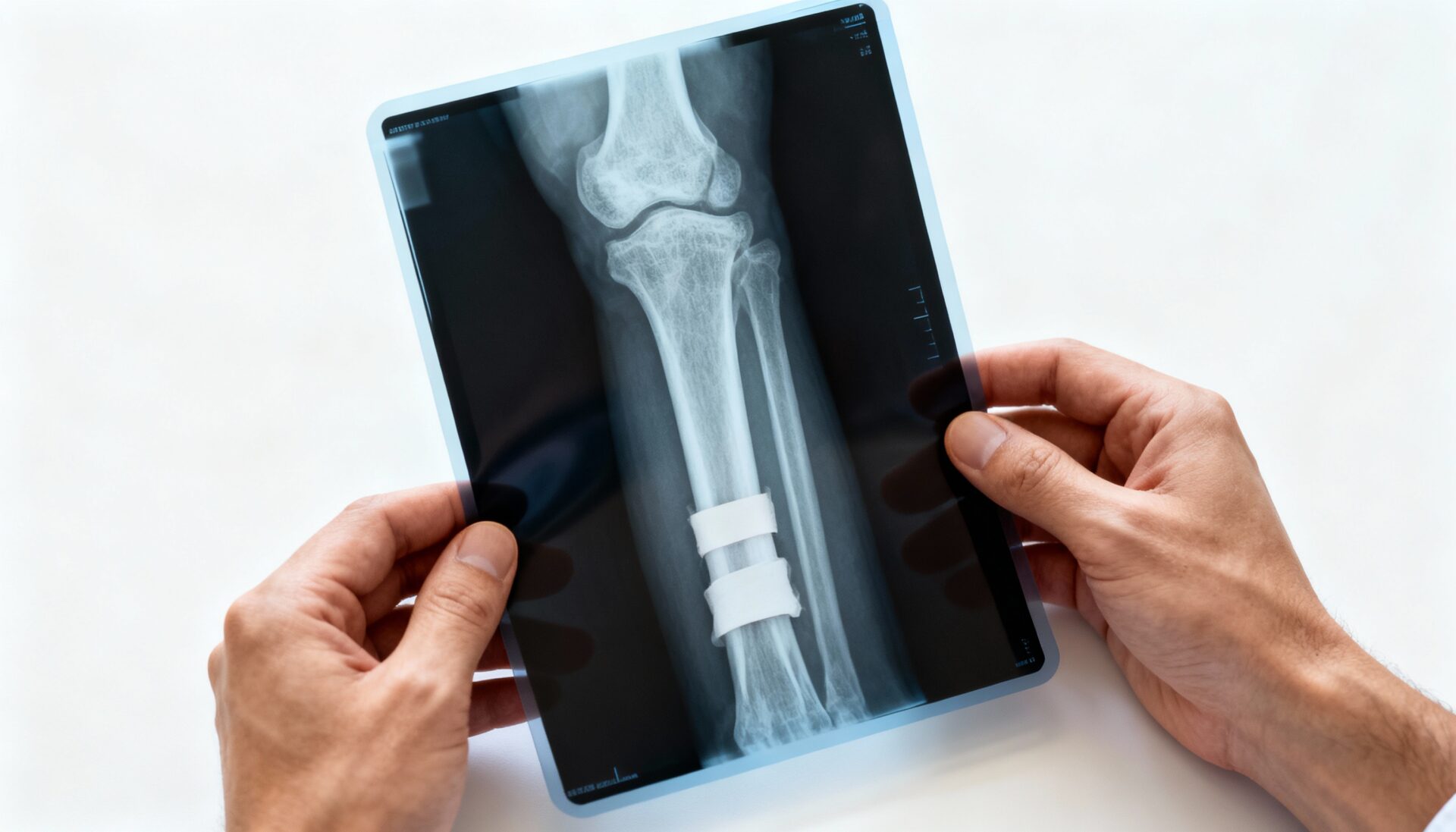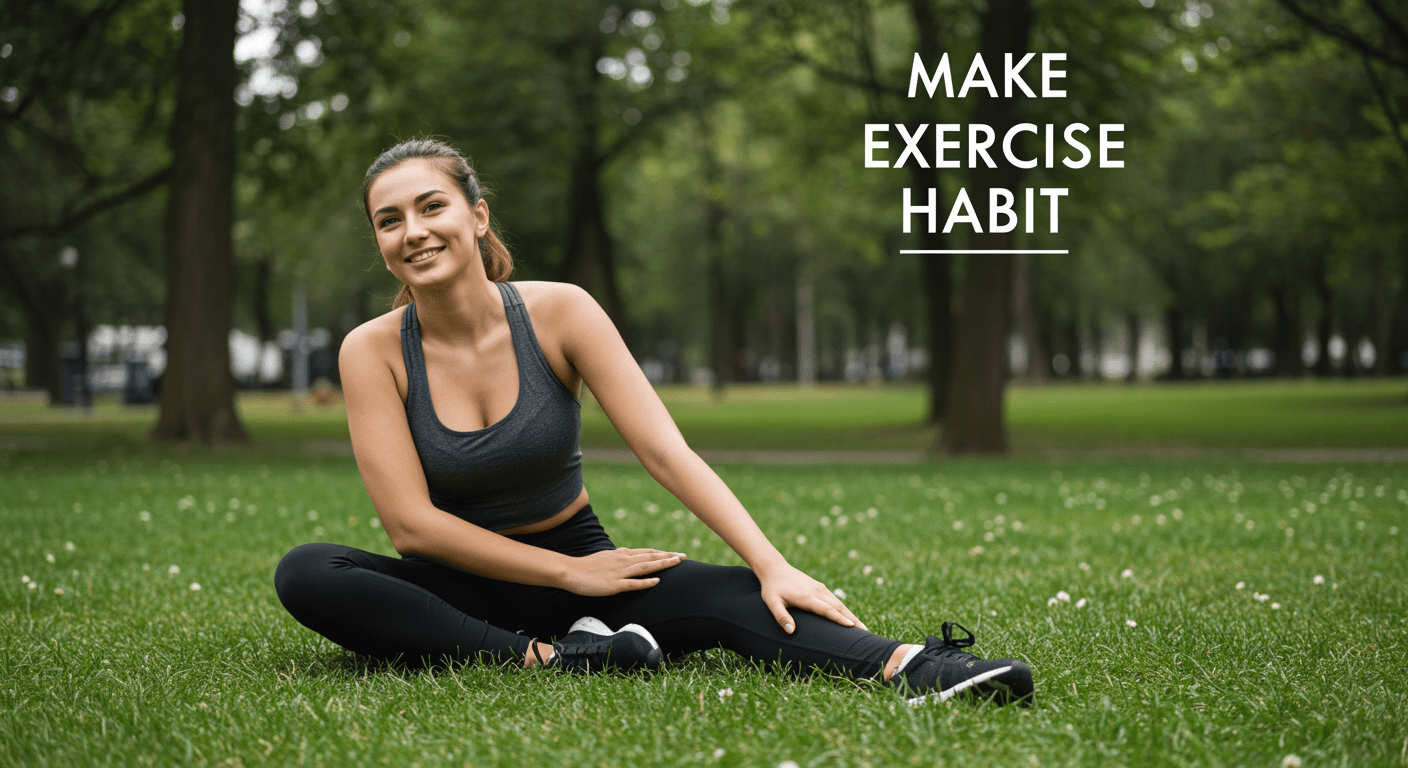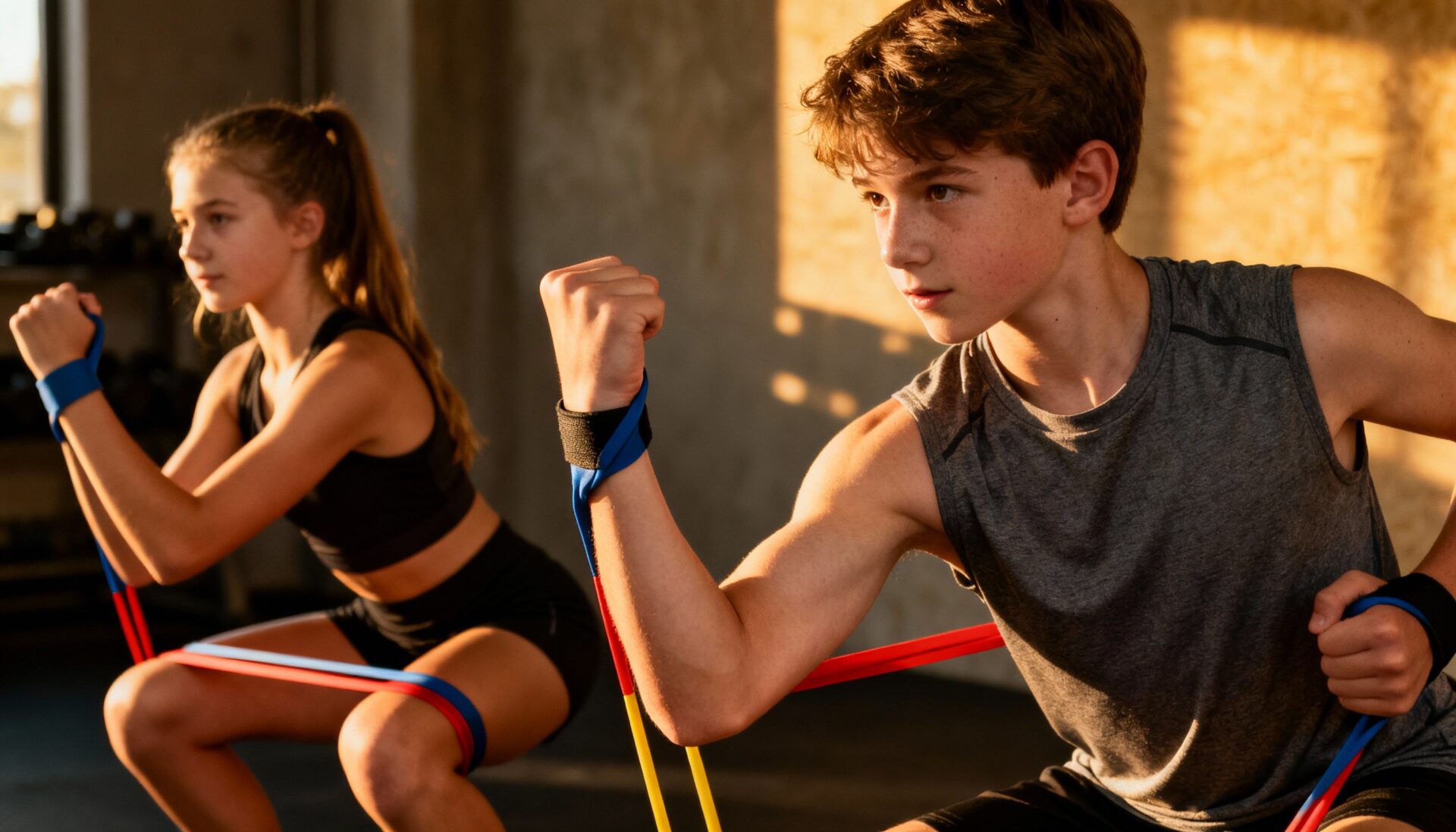BY ALIX GALLOWAY
The sun is out, weather is great…but it’s also 94 degrees with a UV index of 9 and 80% humidity. This typically describes Florida summers, but the heat can sneak up on you anywhere. Being adequately prepared for spending time outside is so very important. Especially if you plan on being active! I have compiled a list of 5 ways to stay safe in the heat of the day (or night).
1. Going for a jog or run? Do your best to get an early start. The sun will not have had the entire day to bake the ground. Exercising outside earlier also minimizes the chances of being affected by pollution. There is much less activity (cars, machines, buildings) running through the night. While pollution is generally not good for you, the exhaust may actually diminish your exercise capacity because of reduced O2 exchange.
2. Stay hydrated! This may seem like a no-brainer, but drinking the appropriate amount of daily water will need to be increased if you plan on being outside for an extended period. Your body’s natural ability to cool are not as efficient if you are exerting too much for too long. Depending on the amount of time you will be outside, you may also want to bring a sports-type drink that contains sodium and electrolytes. Your body will be sweating quite a bit, and electrolytes are easily lost.
3. What are you wearing? It makes a huge difference. Wear loosely-fitting, moisture-wicking clothing while exercising. Popular choices include polyester-blend fabrics, and the labels will indicate if it is moisture-wicking. UV blocking fabrics and lighter colors are also a plus. More blood will be circulating at the surface to help cool off through evaporation, but you should help every chance you get. If your sweat is not evaporating because of the high humidity, you could be at risk for heat illnesses such as heat cramps, heat syncope or heat stroke. The illnesses range in severity and become more serious the longer you are ill-prepared in the heat. You also need to protect your eyes! Sport sunglasses that protect against UV rays, and wide brimmed hats will also add protection.
4. Sunscreen is another very important piece of the sun-safety puzzle. Best to find yourself a sunscreen with a minimum SPF (Sun Protection Factor) of 45, and is sweat resistant. Once you get a sunburn, it’s much more difficult for your body to cool itself. Once again, you increase your risk of heat illness.
5. Listen to your body! Understand what your body is trying to tell you. If you can normally perform 30 minutes of physical activity indoors (or outside on a cool day), your body may not be able to exercise the same way in the heat. Know and respect your limitations. You need to be prepared in extreme conditions. The sun, the heat and humidity won’t back down, and neither should you! Be prepared and mindful.
References
https://www.mayoclinic.org/healthy-lifestyle/fitness/in-depth/exercise/art-20048167?pg=2
https://health.usnews.com/health-news/health-wellness/articles/2013/06/26/how-to-exercise-in-the-heat-and-what-to-do-if-you-get-sick

